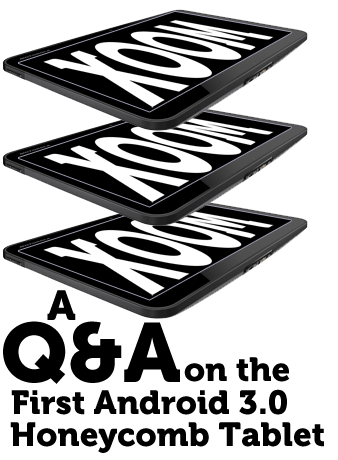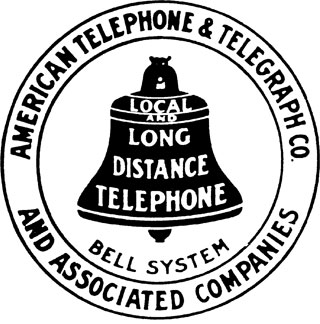 Motorola’s Xoom goes on sale at Verizon stores tomorrow. I wrote a formal review of it for TIME.com, but there’s a lot to say. So here’s a longer look. You don’t mind if I do it in FAQ form, do you?
Motorola’s Xoom goes on sale at Verizon stores tomorrow. I wrote a formal review of it for TIME.com, but there’s a lot to say. So here’s a longer look. You don’t mind if I do it in FAQ form, do you?
I don’t want to read 2,000 words about the Xoom. Is there any way I can convince you to give me the bottom line right now?
For you, anything. Overall, I like it quite a bit–it’s the first iPad rival from a big company that deserves to be taken seriously, period. (Samsung’s Galaxy Tab has its charms, but tablets running a version of Android prior to 3.0 Honeycomb are pseudotablets as far as I’m concerned.)
But Motorola is shipping a product that’s not yet quite all it’s going to be: The 4G capability is coming along via a free upgrade, Flash is a few weeks away, and the MicroSD card slot doesn’t yet work. And I found Honeycomb a touch on the quirky, apparently buggy side. With Apple announcing the new iPad in a week and the BlackBerry PlayBook supposedly nearly here, I’d wait a bit longer before buying any tablet–unless you’re comfortable with the concept of buying what’s essentially a Xoom .9 when you really want a Xoom 1.1.
Isn’t the real question “Would you buy this instead of an iPad?”
I guess so, but given that a new iPad is coming along next week and numerous other tablets will arrive soon thereafter, it’s a question with a short shelf life. Like I say, the Xoom as it’s shipping is cool but slightly incomplete. But once it does 4G, that capability alone could sway some folks to buy it instead of an iPad–assuming that the next iPad doesn’t do 4G.
Here’s the real question, which is unanswerable at the moment: “Would you buy the iPad 2 we don’t know enough about yet or the Xoom once it’s more complete or the BlackBerry PlayBook or the HP TouchPad or some underdog tablet?” Unless I was in a tearing hurry, I’d keep my money in my pocket and wait until the market settles down at least a tad.
 If the latest survey from ChangeWave Research is any indication, the theory that the Verizon iPhone would be more reliable than AT&T’s iPhone is more than just a theory. That said, consumers still seem to be as satisfied with the iPhone 4 on AT&T as they do on Verizon.
If the latest survey from ChangeWave Research is any indication, the theory that the Verizon iPhone would be more reliable than AT&T’s iPhone is more than just a theory. That said, consumers still seem to be as satisfied with the iPhone 4 on AT&T as they do on Verizon.
 Ready for some 4G hotspot goodness? Verizon has begun selling its Samsung LTE router
Ready for some 4G hotspot goodness? Verizon has begun selling its Samsung LTE router 

 As expected
As expected I’m amazed with some in the tech blogosphere who consistently harp on Verizon for its “poor” sales of the iPhone 4, even as the company disclosed over the weekend that over one million units had been sold.
I’m amazed with some in the tech blogosphere who consistently harp on Verizon for its “poor” sales of the iPhone 4, even as the company disclosed over the weekend that over one million units had been sold. 
